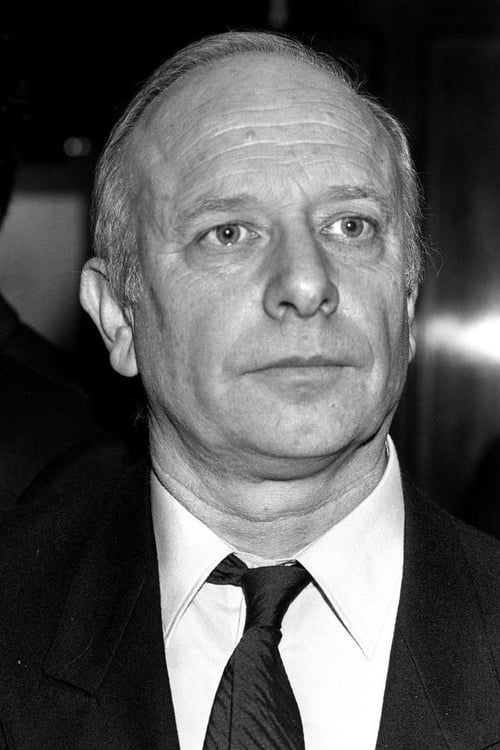Broken Toys (1966)
Genre : Drama
Runtime : 1H 20M
Director : Manuel Summers
Synopsis
A portrait of several characters of Spanish culture who were very popular at another time, but who were completely forgotten in their old age. All of them show the reality of abandonment and the decay of oblivion. They really are broken toys.

Region of Castilla La Vieja, Spain, early 20th century. In Luján, a village ravaged by drought, Juan, a humble farmer who survives with his wife and son, confronts a local loan shark and is imprisoned as a result.

Documentary about the murderer José Luis Cerveto.

Lorenzo is a young man who has just returned to Salamanca (Spain) from England, where he fell in love with Berta, a girl daughter of exiled parents who have never seen Spain. Lorenzo tries through some beautiful letters that she understands how is the world where her parents once lived.

An attempt to transform a Roman Western into a Greek tragedy.
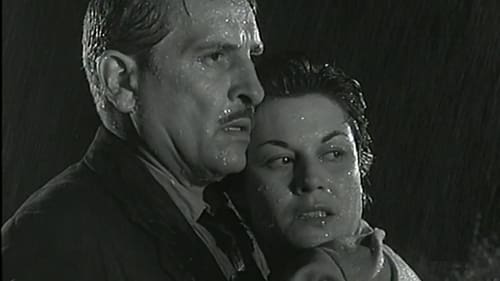
Ivón, a chorus girl, and Hugo, a failed writer, arrive at a seaside hotel on a stormy night, along with Carlos, Hugo's 19-year-old son. When they decide to lean over the cliffs of the coast to observe the wild dance of the turbulent waves down below, an unexpected event tragically happens.
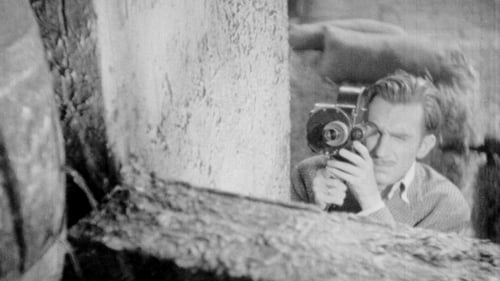
The creative and ambitious Carlos, a young Spanish film buff, manages to become a professional camera operator with time and effort, and is also blessed with the love of Anna, which he has longed for; but the outbreak of the Civil War in 1936 changes everything for both of them.

This film uses stop motion animation of still photographs to convey images of politics and science in the nuclear era. The advancement of science allows man to do things he never would have been able to do without, for good or bad. Politicians are either behind the scenes manipulating those scientists or are using that science for their own goals, primarily in the space race. Everyday items and people are projected upwards - many in the form of rockets - followed by iconic structures, such as the Empire State Building, the US Capitol, the Washington Monument, the Eiffel Tower and the Kremlin, being rocketed skyward as visual representations of that race into space.

Caudillo is a documentary film by Spanish film director Basilio Martín Patino. It follows the military and political career of Francisco Franco and the most important moments of the Spanish Civil War. It uses footage from both sides of the war, music from the period and voice-over testimonies of various people.
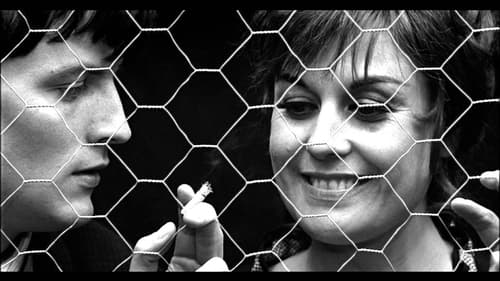
Manuel Jacques Perrin is a young man from the country who tries to make it in Madrid in this somber melodrama. He struggles to survive in the unforgiving city where only the strongest will prosper. Manuel defends himself and kills a murderous thief in a fight then quietly waits for the police to reach the scene of the crime.
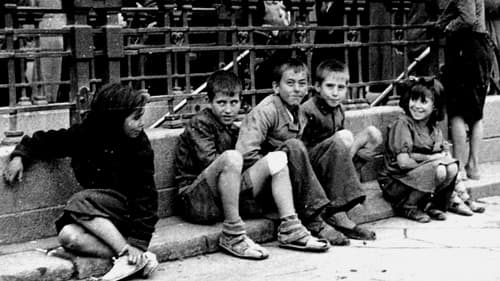
A particular reading of the forties and fifties in Spain, the hard years of famine and repression after the massacre of the Spanish Civil War, using popular culture: songs sung by ordinary people, newspapers and magazines, movies and newsreels; the story of a country torn apart needing to overcome the memory of the war and face an uncertain and painful present.

Peyote Queen opens with black-and-white perforations that pulsate to the beat of drumming and escalate to light-bathed split screens and kaleidoscopic effects. Switching to lively organ accompaniment, the film pours out a stream of simple scratchings that rollick across the screen. Fish, breasts, flowers, boats, water, lips, hearts, stars—the hieroglyphs explode with color and celebrate the female creative force. The surge slows with the return of ritual drumming, this time with chanting, and a self-reflective coda. -- National Film Preservation Foundation

A short film featuring various vintage Mickey Mouse toys.

Things spin: amusement park rides, a phonograph record. A man wakes, shaves, and takes a phone call. Another man, in a kimono, walks in the woods, stops, and opens a small decorative box on the forest floor. People at an amusement park called Little Harlem enjoy themselves. A man walks through another amusement park, called Cavalcade Worlds, as midway rides spin. At a house, an older woman cleans; a pre-teen girl sets the table; a teenaged boy showers. After he dresses, he holds a candle high above his head and walks swiftly toward a young man standing bare-chested, his arms extended. A man arrives home where the girl has set the table. The youth sleeps. Christmas?

A farm family moves into a city maybe at the end of the Spanish Civil War. They move in with the sister of the farmers wife. In the city everything is illegal or immoral or both.

Colometa is an average housewife with two children to care for in the late 1930's, as the Spanish Civil War is starting and her husband goes off to fight. She had been an ordinary woman working in a shop when she met the lively carpenter who married her, and their life together was without major problems. But now she is forced to raise her children under straitened circumstances, and after her husband dies, her life undergoes another major change as she marries for the second time. Underneath Colometa's acquiescent, forebearing exterior must lie just a few discontents, a few unrealized dreams - but they never surface as she blithely moves from one episode in her life to another.

The first part of this documentary deals with the Portuguese neurologist António Egas Moniz, Nobel Prize for Medicine in 1949, one of the first surgeons to apply the technique called lobotomy for the treatment of schizophrenia. The second part deals with the everyday life of people with schizophrenia today: behavior and relationships, and treatment for the disease.
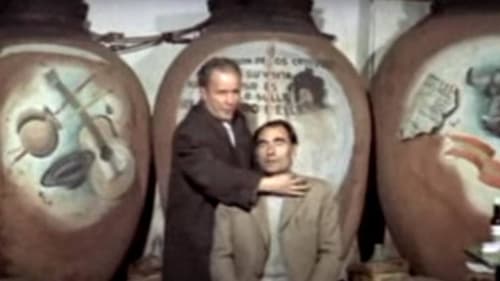
This documentary, filmed clandestinely, is based on several interviews with the executioners who worked in Spain during the early 1970s, as well as families of people executed by them.

Spectator is one of the early masterpieces by Zwartjes. The film explicitly shows one of Frans Zwartjes’ main themes: the relationship between husband and wife. It is a relationship that is strongly marked by power and domination, sexual attraction and repulsion. It manifests itself in humiliation and abuse (such Pentimento), but also in cool eroticism or natural physicality. Zwartjes’ goal is not to explain or designate this relationship. Rather it is the subject that Zwartjes uses to describe his world. In an article on Zwartjes, filmmaker and student George Schouten compares Zwartjes to the Italian writer Alberto Moravia. For both, sex is their way of dealing with reality. It is the subject by which they define their world. And for Zwartjes, it is also the subject with which he can display and develop his cinematic talent. (eyefilm.nl)

Bruce Baillie's Mr. Hayashi might be thought of as a putative East Coast story transformed by a West Coast sensibility. The narrative, slight as it is, mounts a social critique of sorts, involving the difficulty the title character, a Japanese gardener, has finding work that pays adequately. But the beauty of Baillie's black-and-white photography, the misty lusciousness of the landscapes he chooses to photograph, and the powerful silence of Mr. Hayashi's figure within them make the viewer forget all about economics and ethnicity. The shots remind us of Sung scrolls of fields and mountain peaks, where the human figure is dwarfed in the middle distance. Rather than a study of unemployment, the film becomes a study of nested layers of stillness and serenity.

In 1934, the Spanish filmmaker José Val del Omar traveled to the region of Murcia, where he documented the celebration of several popular festivals, both religious and secular, as part of his contribution to the itinerant educational program promoted by the Government of the Second Republic.



